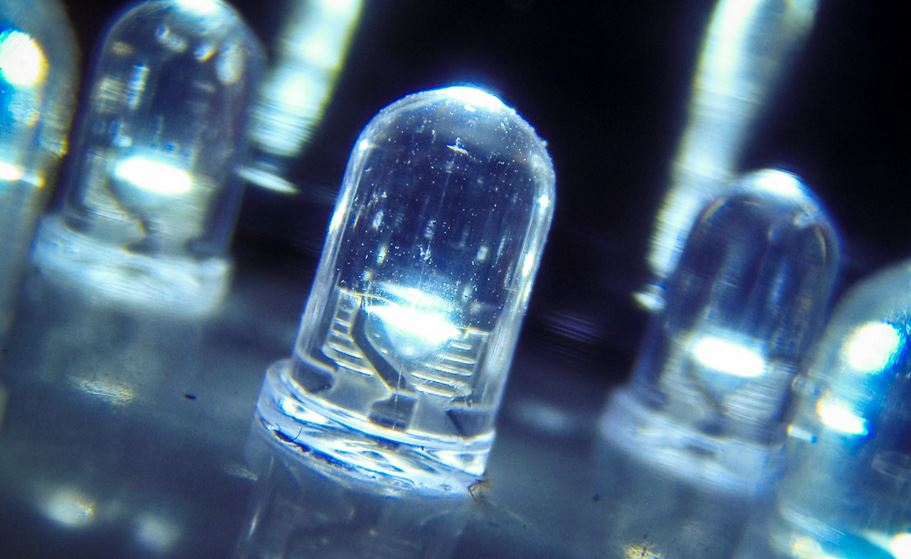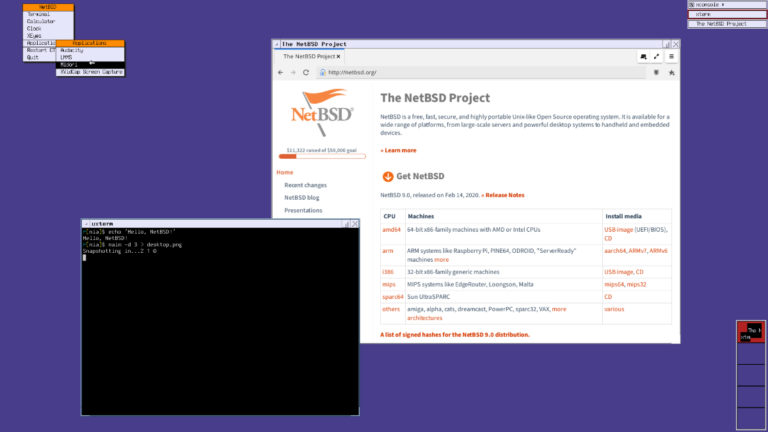LED Flips 90 Billion Times Per Second: Future Of Optical Communication


Short Bytes : Duke University researchers have developed a light-emitting device that switches by 90 billion times per second. Scientists think that this technology could replace conventional processing chips and pave the way for future of optical communication systems.
With speculations regarding Moore’s Law reaching to its brink, scientists are trying to get even more efficient processing systems using other means. Photons are believed to be the next level. Usually, transistors that use electrons that switch at the rate of billion times per second are used in computing chips, but if light or photons that could flip at billion times per second can be used in place of transistors, then it would result in an ultimate processor. But, the problem was that till now no light source could be devised which could switch that fast.
According to a study published in Nature, a team from the Pratt School of Engineering, Duke Univeristy created a plasmonic device that can successfully push semiconductor quantum dots to emit light at more than 90 GHz. This means an LED which flips 90 billion times per second thus, closing in towards the future of optical communications.
Plasmonic devices use the oscillations of the free electrons to create their own light, that reacts again with other electrons, creating a tremendous optical energy. This trapped energy on the surface of the 75nm wide silver nano cube is called plasmon. An intense electromagnetic field is created between the nano cube and a thin sheet of gold plate standing at a distance of 20 atoms. This field interact with quantum dots, which results in an efficient and directional emission of flipping photons at more than 90 GHz.
Also Read: Graphene Wrapped Wired Increase Chip Speed By 30%

This achievement will make it possible for the researchers to replace conventional processors as a part of the future of optical communication. An LED that flips at 90 billion times per second will make the short-distance optical communication feasible and super fast.
The only thing now left is to integrate this ultrafast switching LED into the current technology. Scientists are now trying to get even better performance by extracting and squeezing single quantum dot between nano cube and gold strip to produce secure quantum communication.
The existing electronics technology restricts us to a quantifiable size and power emission. The new photon based technology is the future of optical communication and will ensure of even better and faster computing.
Do you think this can make some contributions in the future of optical communication? Tell us in comments below.
[adinserter block=”12″][adinserter block=”13″]





